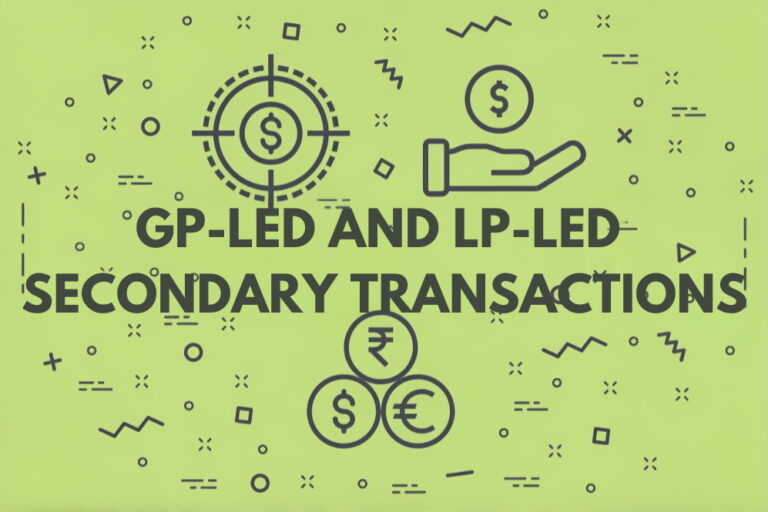
Secondary transactions have become an essential component of the private equity market, offering flexibility and liquidity to investors. Two prominent types of secondary transactions are GP-led and LP-led deals. While both provide opportunities to realign portfolios and manage investments, they differ significantly in structure, purpose, and stakeholders. Below, I explore the characteristics of each and draw comparisons.
What are GP-led secondary transactions?
In GP-led secondary transactions, the General Partner (GP), the firm managing the private equity fund initiates the sale process. These deals typically involve restructuring an existing fund or moving assets into a continuation vehicle to extend their holding period. Key features include:
Stakeholders: The GP initiates the transaction, offering current Limited Partners (LPs) a choice between selling their interest or rolling it over into the continuation fund.
Objective: GPs pursue these transactions to create additional value by extending the lifecycle of high-performing assets or providing liquidity to LPs.
Complexity: GP-led deals are typically more complex, often requiring extensive due diligence and negotiation to align the interests of multiple parties.
Control: The GP retains significant control over the process, ensuring continued oversight of the underlying assets.
What are LP-led secondary transactions?
LP-led secondary transactions, on the other hand, are initiated by Limited Partners, the investors in private equity funds, seeking to sell their fund interests to third-party buyers. These deals are simpler and focus primarily on transferring ownership. Key characteristics include:
Stakeholders: The LP is the primary decision-maker, driving the transaction to meet their specific financial or strategic needs.
Objective: LPs pursue these transactions to achieve liquidity, rebalance portfolios, or reduce unfunded commitments.
Complexity: LP-led deals tend to be less complex than GP-led transactions, as they usually involve the sale of fund interests without restructuring the fund itself.
Control: The LP has greater control over the terms of the sale, while the GP’s role is limited to facilitating the transfer of fund ownership.
Key differences between GP-led and LP-led transactions
| Type | GP-Led transactions | LP-Led transactions |
| Initiator | General Partner (GP) | Limited Partner (LP) |
| Primary objective | Extend asset holding period, restructure funds | Achieve liquidity, rebalance portfolio |
| Stakeholder roles | GP drives the process; LPs choose to sell or roll over | LP drives the process; GP facilitates transfer |
| Complexity | High due to fund restructuring and multiple-party alignment | Moderate; straightforward sale of fund interests |
| Liquidity | Provides LPs with liquidity options through restructuring | Allows LPs to liquidate positions fully |
Which type of secondary transaction is right for you?
The choice between GP-led and LP-led secondary transactions depends on the specific needs and goals of the stakeholders involved:
- For GPs: GP-led transactions offer a way to retain high-performing assets while providing liquidity options to LPs, aligning interests for long-term value creation.
- For LPs: LP-led transactions are ideal for investors seeking liquidity, portfolio rebalancing, or managing overcommitments.
Conclusion
Both types of secondary transactions contribute to the overall private equity market, offering flexibility and opportunities for stakeholders to adapt to changing financial landscapes.
Secondary markets continue to evolve, and the roles of GP-led and LP-led transactions are becoming increasingly pivotal. Whether you are a GP aiming to extend asset value or an LP seeking liquidity, understanding these mechanisms can empower you to make informed decisions.



